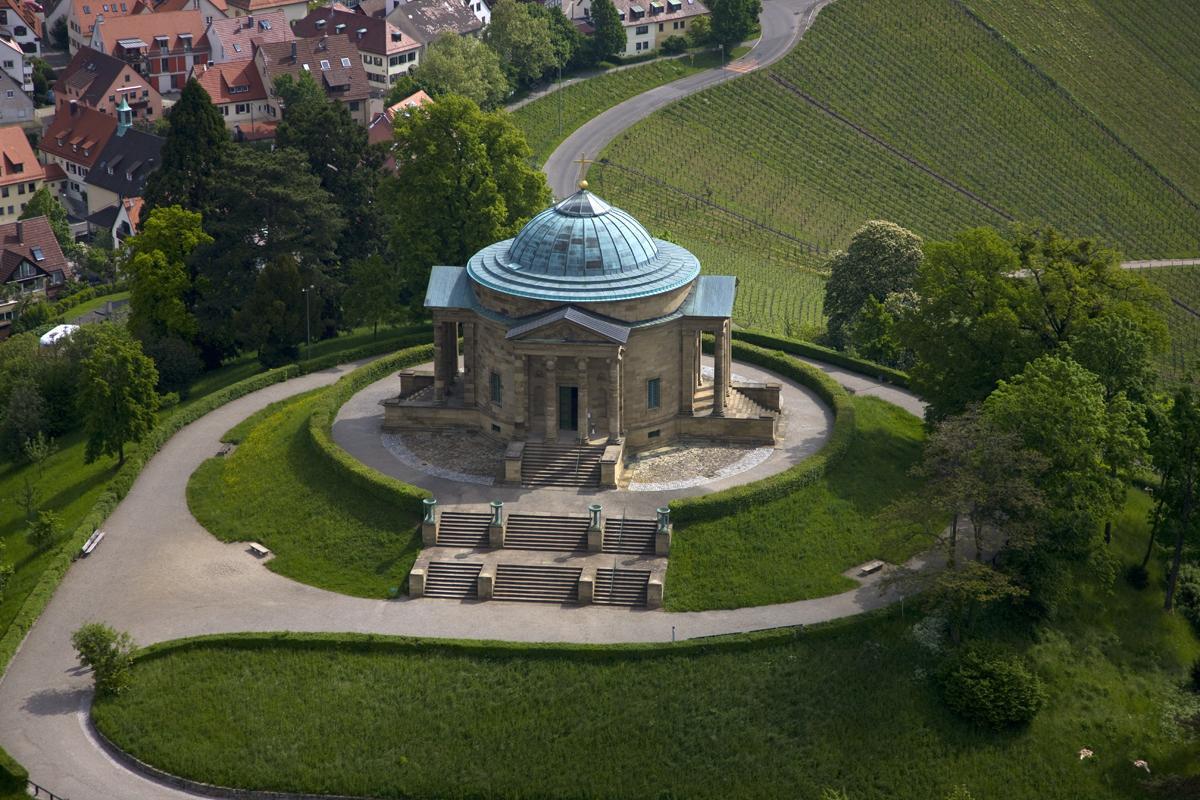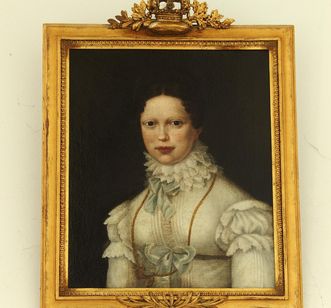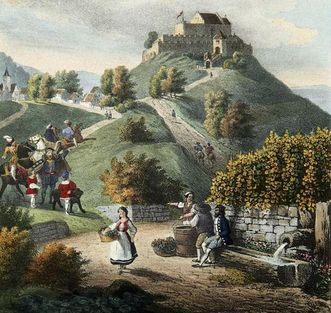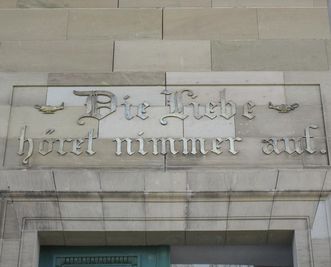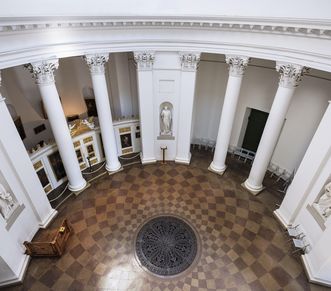A QUEEN ADORED
Katharina Pawlowna married her cousin, the then Crown Prince Wilhelm von Württemberg, in 1816. This marriage continued the close relationship between the Russian and Württemberg dynasties. After all, Katharina's mother, Maria Feodorowna, was born a Württemberg. The young queen's extensive charity work quickly won the hearts of her subjects. Her sudden death, just three years later, was met with profound grief and astonishment throughout the state.



